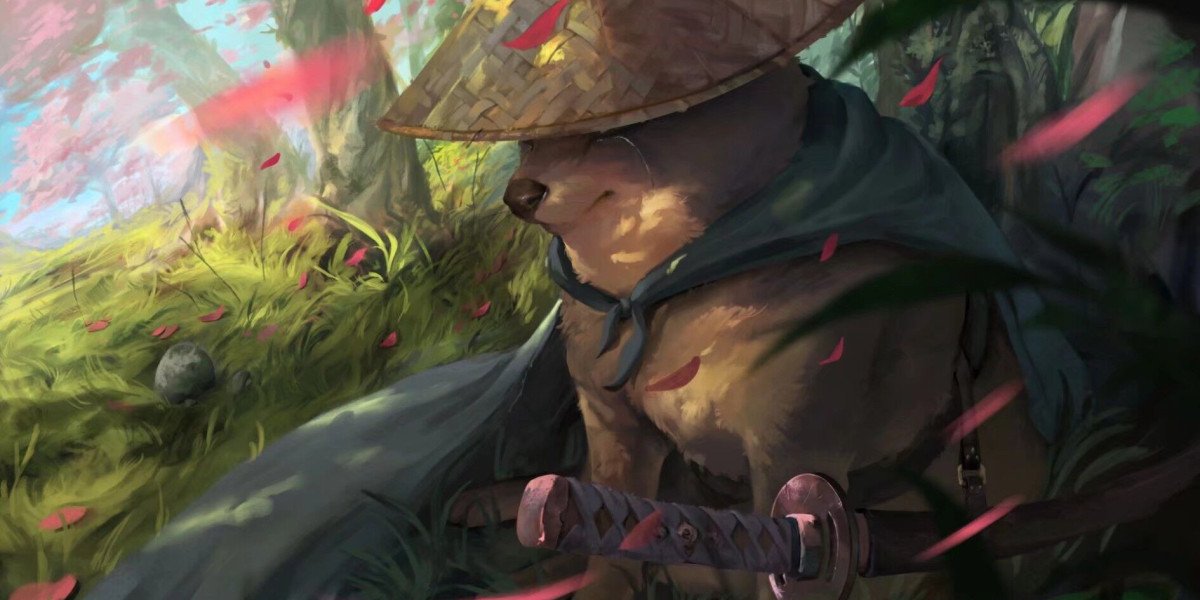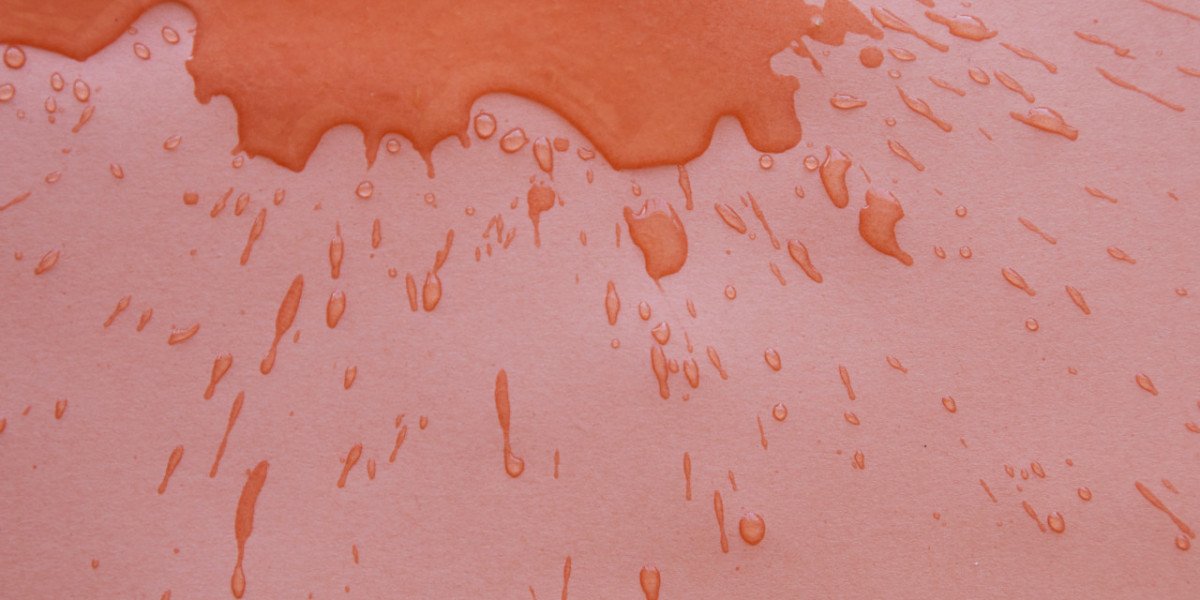The Truth Behind Cat Sex Dolls
When it comes to animal husbandry, there are many misconceptions surrounding the use of cat sex dolls. These devices are often misunderstood and unfairly stigmatized in the industry. Let's delve into the truth behind cat sex dolls and debunk some of the common myths associated with them.

Dispelling the Myths
One of the most prevalent myths about cat sex dolls is that they are harmful to the animals. However, when used correctly and under proper supervision, cat sex dolls can actually be beneficial in certain breeding programs. These devices are designed to mimic natural mating behaviors, helping to increase the chances of successful breeding.
Benefits of Cat Sex Dolls
Contrary to popular belief, cat sex dolls can play a crucial role in animal husbandry by assisting in artificial insemination procedures. They can help collect semen from male cats for storage and later use, ensuring genetic diversity and the preservation of valuable traits within a breed. Additionally, cat sex dolls can be used to stimulate female cats during the breeding process, increasing the likelihood of conception.
Addressing Concerns
While some may express concerns about the ethical implications of using cat sex dolls, it's essential to understand that these devices are carefully regulated and monitored in professional breeding settings. Animal welfare is always a top priority, and measures are in place to ensure that the use of cat sex dolls is safe and humane for the animals involved.
Conclusion
In conclusion, cat sex dolls are a valuable tool in animal husbandry that can help improve breeding outcomes and contribute to the overall health and well-being of feline populations. By debunking the myths and misconceptions surrounding these devices, we can better appreciate their role in supporting responsible breeding practices and ensuring the continued success of feline conservation efforts.








